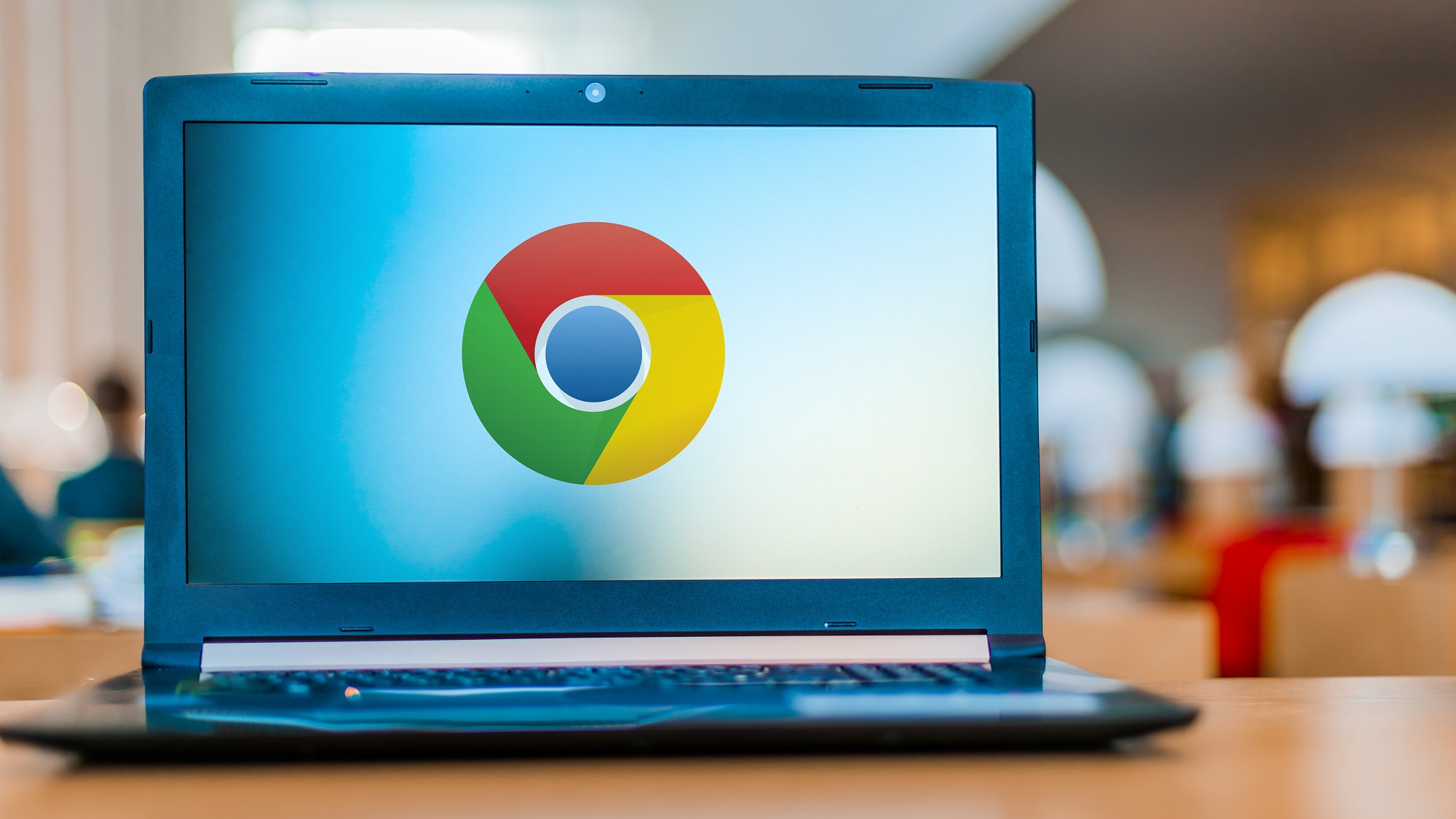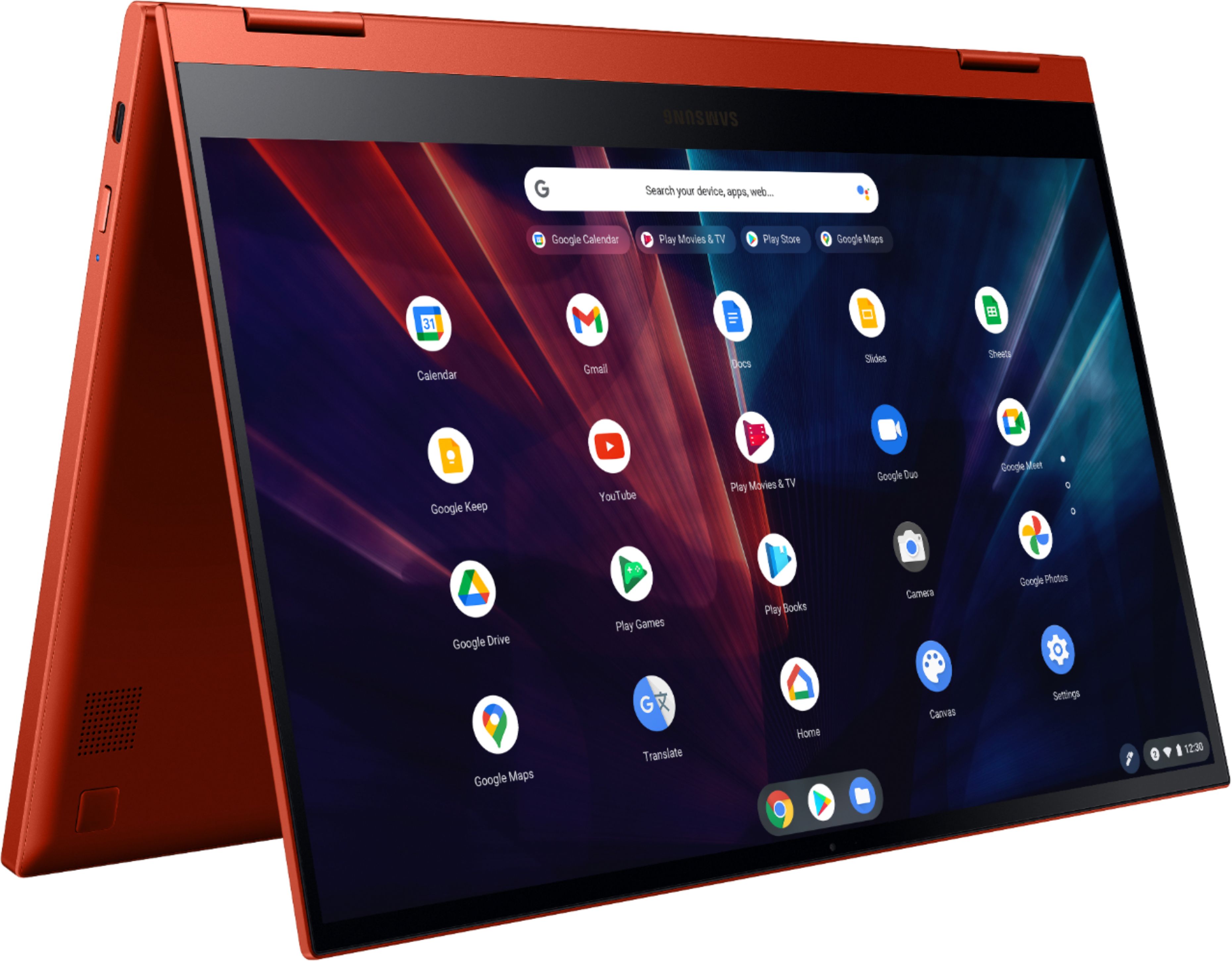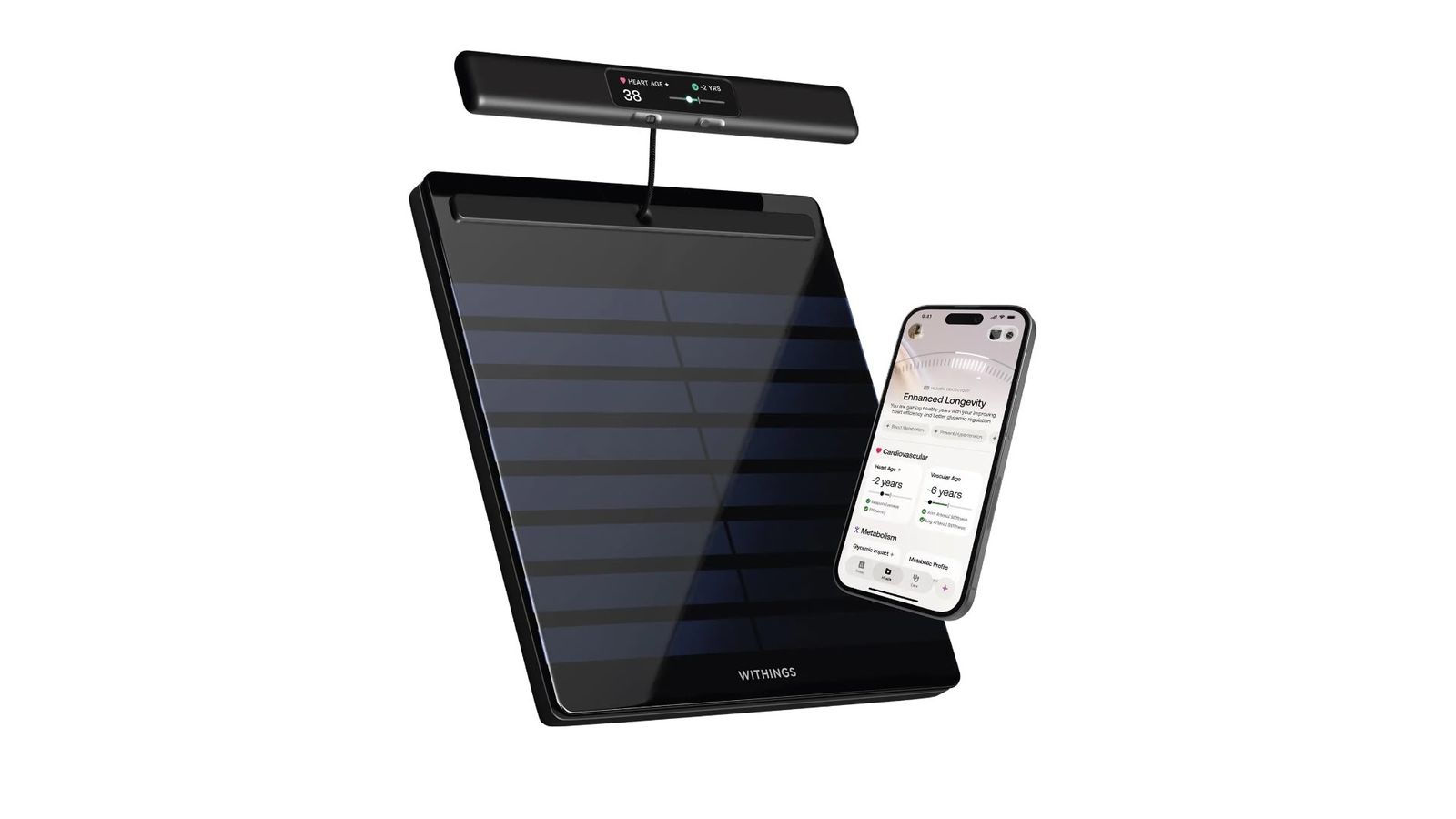Google Chrome OS supports variable refresh rates — that could be good news for gamers
Gaming may become more viable on Chromebooks soon

Update: Google Chrome just got a powerful upgrade for searching images — and you can try it now.
Google has begun testing variable refresh rate (VRR) support in Chrome OS, the operating system which powers Chromebooks, reports AboutChromebooks. Those signed up to the Chrome OS 101 Dev Channel can test the feature out now on “capable displays,” according to Google.
This is significant because VRR is a feature designed for players of fast-paced PC games. Like V-Sync, VRR prevents screen tearing by syncing a monitor’s display refresh rate with a game’s frames per second. V-sync limits the game to refreshing as often as the monitor does, whereas VRR dynamically adjusts the display's refresh rate to match how often the game delivers new frames.
It's the latest in a string of updates aimed at making Chromebooks more viable gaming machines. Google itself confirmed that Steam is coming to Chromebooks this month, albeit in a very limited alpha form at first. And back in January of this year, 9to5Google reported that ChromeOS developers added a feature that enabled or disabled RGB keyboard lighting on a per-key basis – letting Chrome users customize the RGB lighting scheme on their keyboards. While RGB lighting isn’t exactly a gaming feature, it's often associated with gaming and gamers.

Back in July of 2021, Chrome Unboxed claims to have spotted a Chromium OS build configuration for a Chromebook (codenamed "Mushu") sporting a discrete AMD GPU. This hasn’t been verified, but discrete GPUs like Nvidia or AMD graphics cards would give Chromebooks enough power to run graphically demanding titles such as Doom Eternal and Cyberpunk 2077.
Until Chromebooks become powerful enough to run graphically-intensive games, a feature like VRR seems somewhat arbitrary. However, the feature could make a big difference when using a Chromebook hooked up to one of the best gaming monitors to stream fast-paced games from services like GeForce Now, Xbox Game Pass and even Google’s own Stadia game streaming service. VRR could also benefit future touchscreen Chromebooks packing displays with high refresh rates, since the faster a display can respond to your input the smoother it feels to do things like scroll or use a stylus.
Stay tuned for more updates as we get a better sense of where Google wants to take its low-cost laptops in 2022, and how feasible they really are as when it comes to playing the best PC games on the market.
Get instant access to breaking news, the hottest reviews, great deals and helpful tips.

Tony is a computing writer at Tom’s Guide covering laptops, tablets, Windows, and iOS. During his off-hours, Tony enjoys reading comic books, playing video games, reading speculative fiction novels, and spending too much time on X/Twitter. His non-nerdy pursuits involve attending Hard Rock/Heavy Metal concerts and going to NYC bars with friends and colleagues. His work has appeared in publications such as Laptop Mag, PC Mag, and various independent gaming sites.
